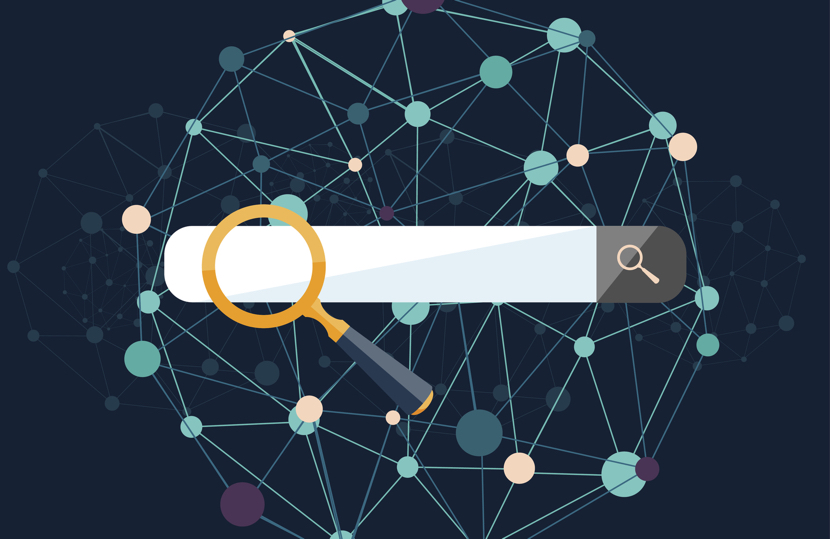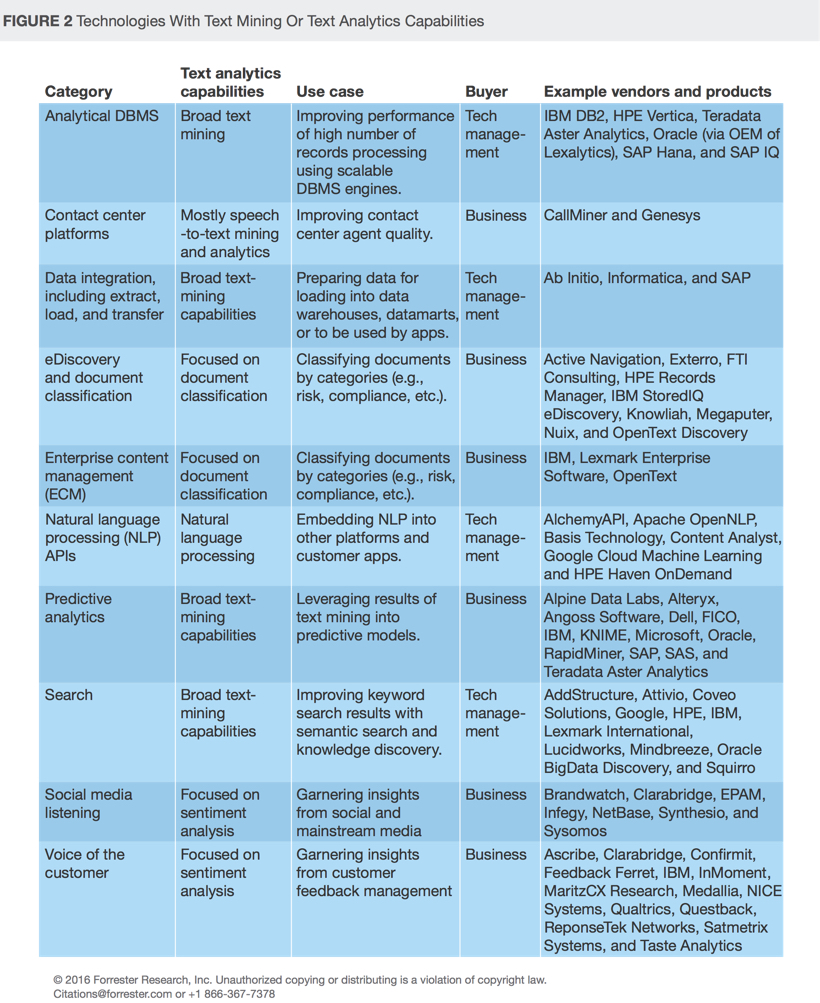
Image by: Rogotanie, ©2016 Getty Images
In this age of hyperconnectivity, it’s not about if we have data but about how we use this data to drive business outcomes and intelligent decision-making. There’s a lot of discussion on the untapped value locked away in the information we collect, especially under the intensifying glare of the customer experience. However, if we boil it down to the smallest common denominator, it’s about asking yourself, “Can you take action?” What’s so great about data if it doesn’t relate to a desired outcome? Today, this outcome is increasingly about the customer.
Yet, the insight into our customers seems to be perennially out of reach. So, what’s in our way? According to Forrester Vice President Boris Evelson, information management professionals need all the data on hand, which includes structured and unstructured information, but he reports that “most enterprises leverage only 40% of structured data and 31% of unstructured data for business and customer insights and decision-making.”
With some estimates projecting that 93% of all digital data will be unstructured, bridging this information gap is fast-becoming a top ask in the digital agenda. To frame our discussion, we here at DOCUMENT Strategy define unstructured data as data that has no identifiable internal structure and does not easily fit into database tables. Examples of unstructured data include Word documents, PowerPoint presentations, PDFs, media text files, emails, audio files, social media traffic, images, and webpages.
The burden of managing unstructured data will only exponentially grow as our interconnectivity to each other and to devices increases. In fact, IDC predicts that the worldwide Internet of things (IoT) market will grow from $655.8 billion in 2014 to $1.7 trillion in 2020. Furthermore, we will see current IoT engagements that are primarily focused on internal operational improvements swing to those focused on boosting customer experiences and increasing revenue. Former Gartner Vice President Jim Tully says, “We can expect a much higher IoT focus on end customers during the next 12 months. In effect, IoT programs and processes will become competitive marketplace weapons."
The sheer volume of unstructured data is not at question here but rather its role in improving business outcomes and the decision-making process. Aberdeen Group Vice President Michael Lock reports that those companies that improved or substantially improved data visibility, accuracy of data analysis, and speed of decision-making using unstructured data “have found the right formula to help enrich the decision process.” While on the other hand, information siloes and quality of data analysis remain two of the biggest challenges.

FIGURE 1 Top Challenges with Data
"Unstructured Data and the New Frontier of Fact-Based Insight"
So, the million-dollar question is, “How do we tear down these siloes?” Douglas Vargo, Vice President of Information Management at Paragon Solutions, says it first starts with the business outcome. “The idea we’re starting to see a lot of interest in today is, ‘How is information finding me?’ So, if I go to my portal or mobile device, information is finding me based on the context and relevance of my role, business, what you searched upon, location, etc.”
Graduating to such an intelligent and context-driven information environment won’t just happen, however. Vargo sat down with us to outline a few of his key best practices to get you started.
- Governance: Have properly established information or data governance within your organization, supported by formal stewardship of the policies.
- Business rules: Context is king so that unstructured information can find where it needs to be used, whether through optical character recognition (OCR) technology or proper tagging. Make sure to automate this process by having pre-defined business rules based on taxonomy or your overall ontology within your organization.
- Enabling tools: Make sure you have the proper tools to auto-classify information and to be able to search upon information across the board.
- Change management: Articulate to the staff what they’re accountable for and their roles and responsibilities when it comes to data governance and information management.

It’s not a fluke that many organizations have failed to cash in on the big data promise. The challenges of information siloes and quality of data are persistent. The overwhelming volume of data, structured and unstructured alike, and the complexity of customer interactions with businesses are creating a maelstrom for those that do not proactively approach their information management programs. It is a tightrope balancing act between achieving business outcomes, analyzing data value, and meeting governance/privacy regulations. After all, if we lose customers due to poor governance policies, what use is the data we have about them? It is yet to be seen whether organizations will successfully balance these forces or if they will be knocked down by the weight of any particular one.
For more information on how leading organizations are managing unstructured data, don’t miss our special session, "The Great Divide: Bridging Structured and Unstructured Data" at DSF ’17 on Tuesday, May 2, 2017.

Allison Lloyd serves as the Editor of DOCUMENT Strategy Media. She delivers thought leadership on strategic and plan-based solutions for managing the entire document, communication, and information process. Follow her on Twitter @AllisonYLloyd.
















